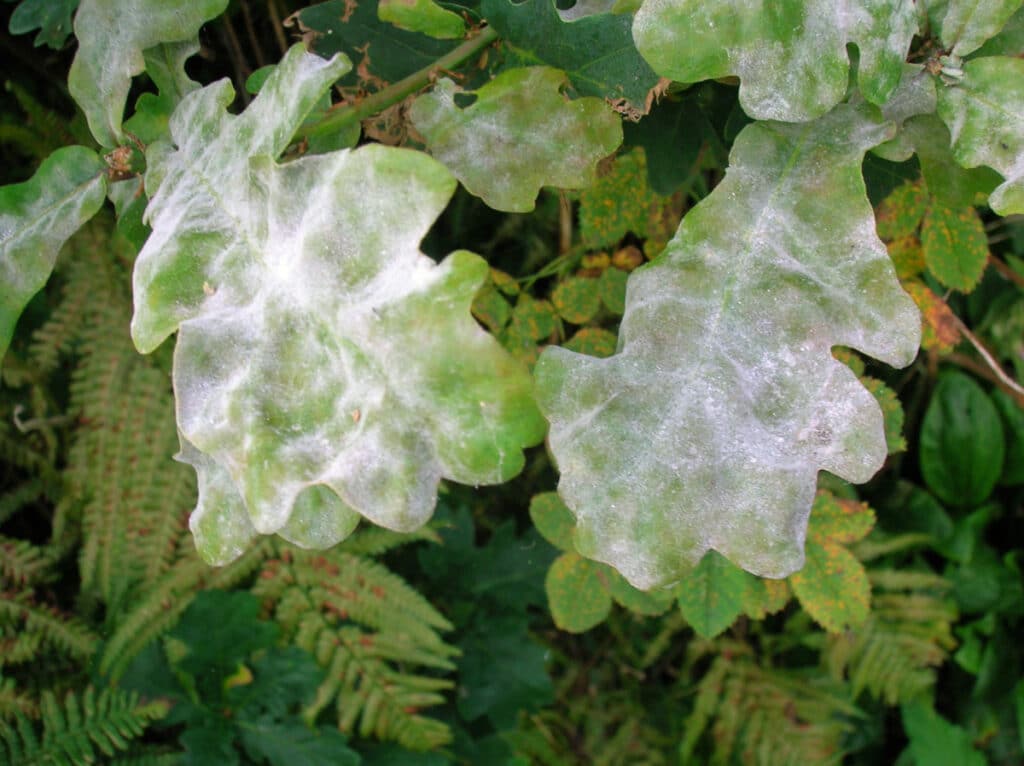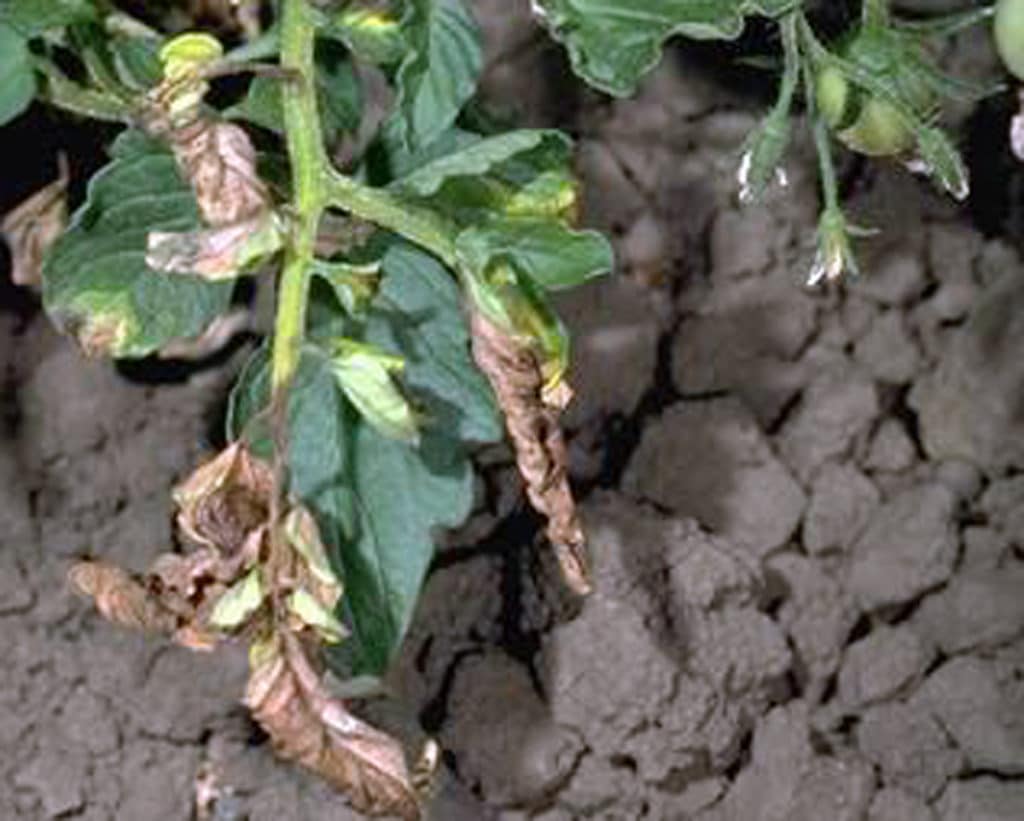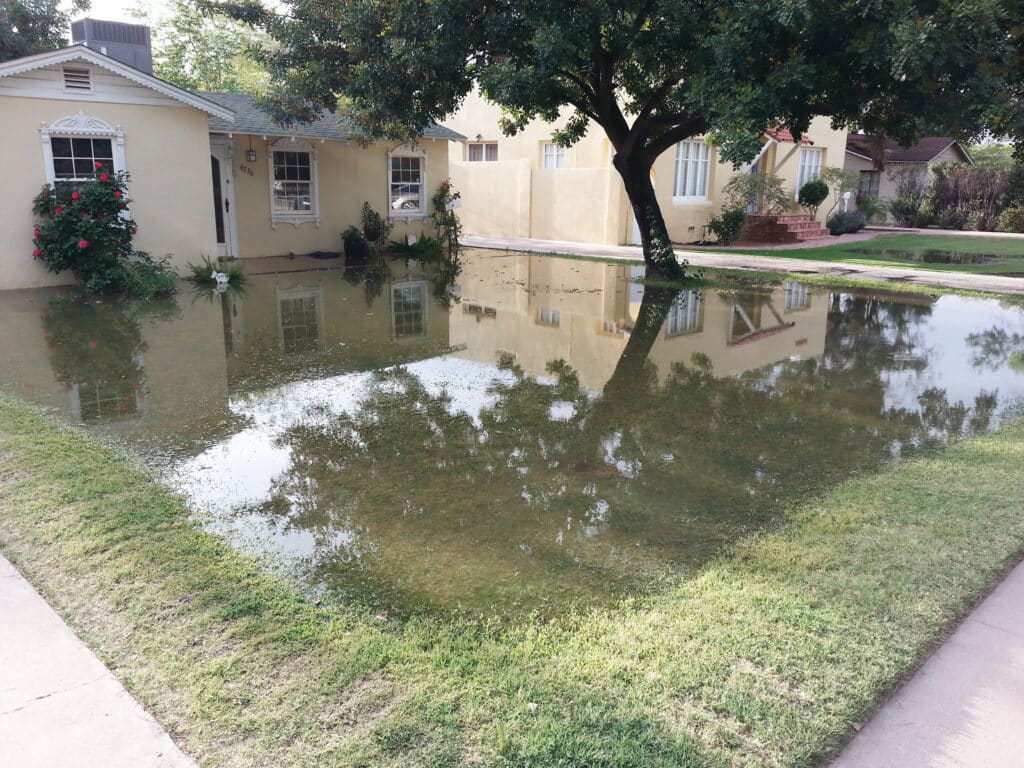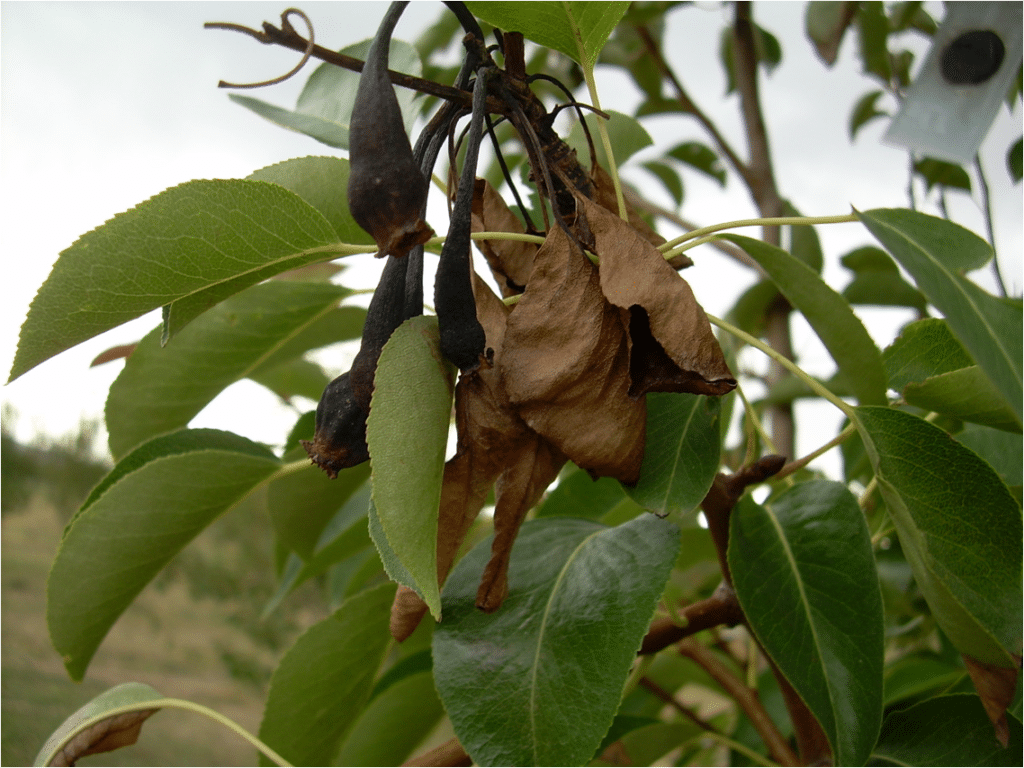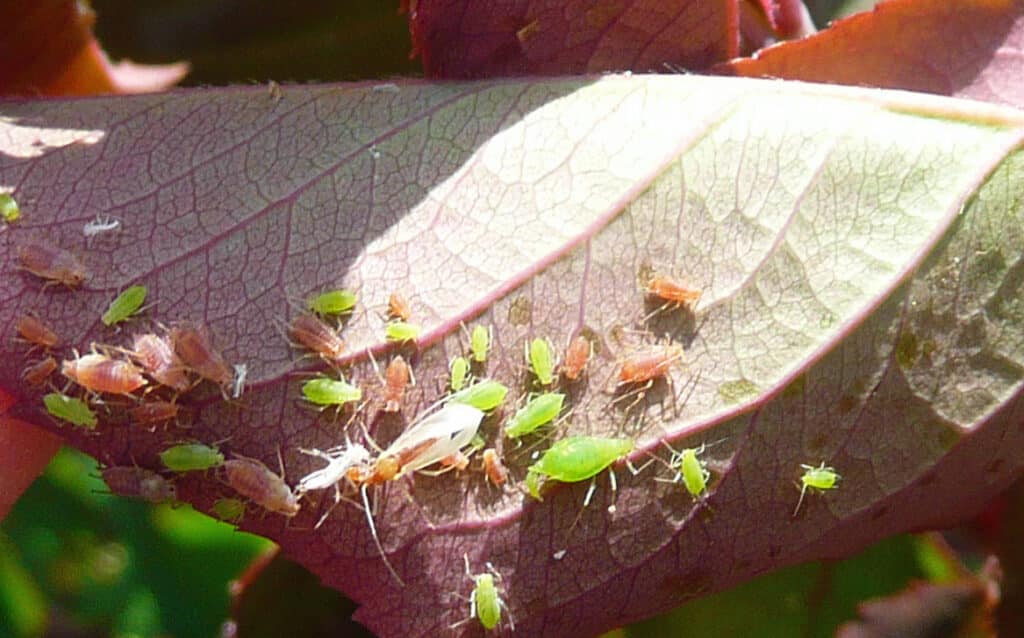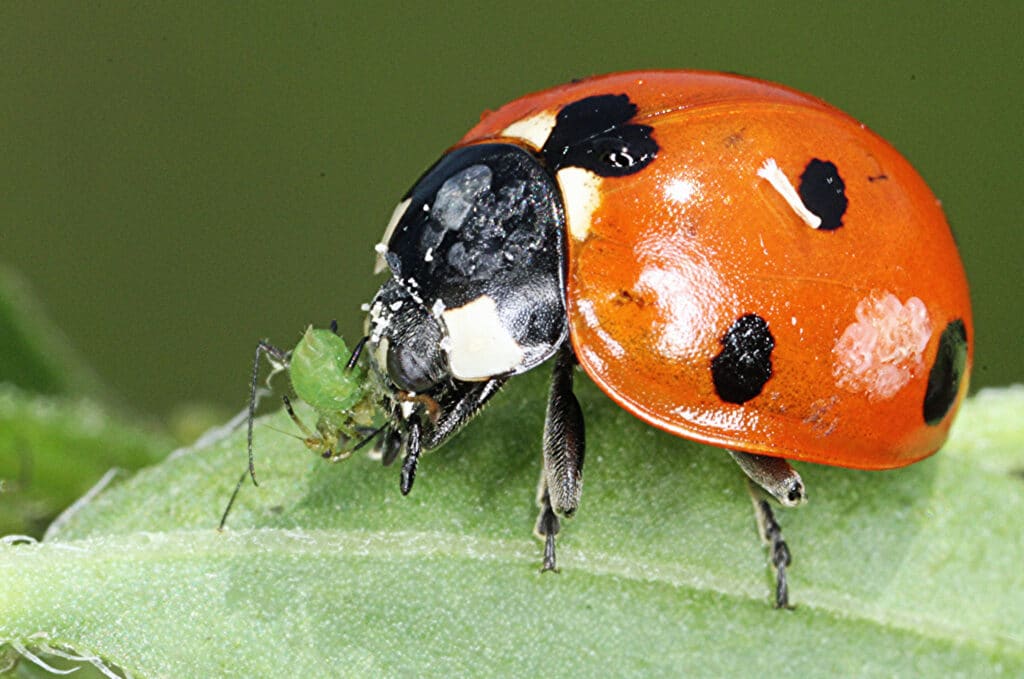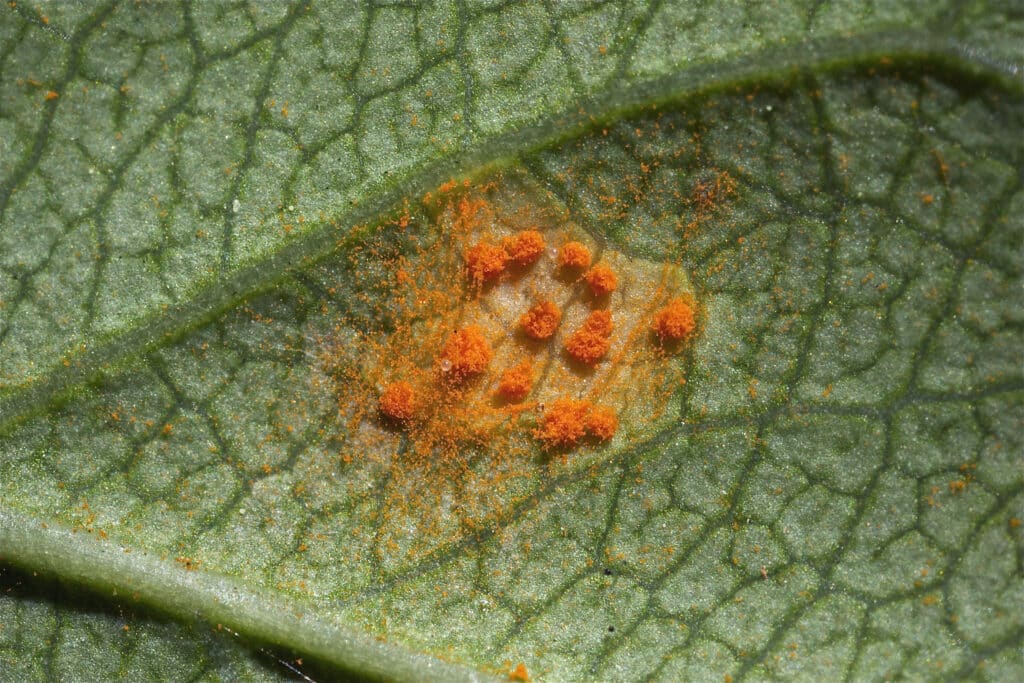Think before you spray
Think before you spray. It sounds good, and makes sense relative to using pesticides. But what does it really mean? In a nutshell, it means that when you have a pest problem, understand what you’re trying to manage before you take action. Know what the pest is, determine how much damage you can tolerate from […]
Think before you spray Read More »

